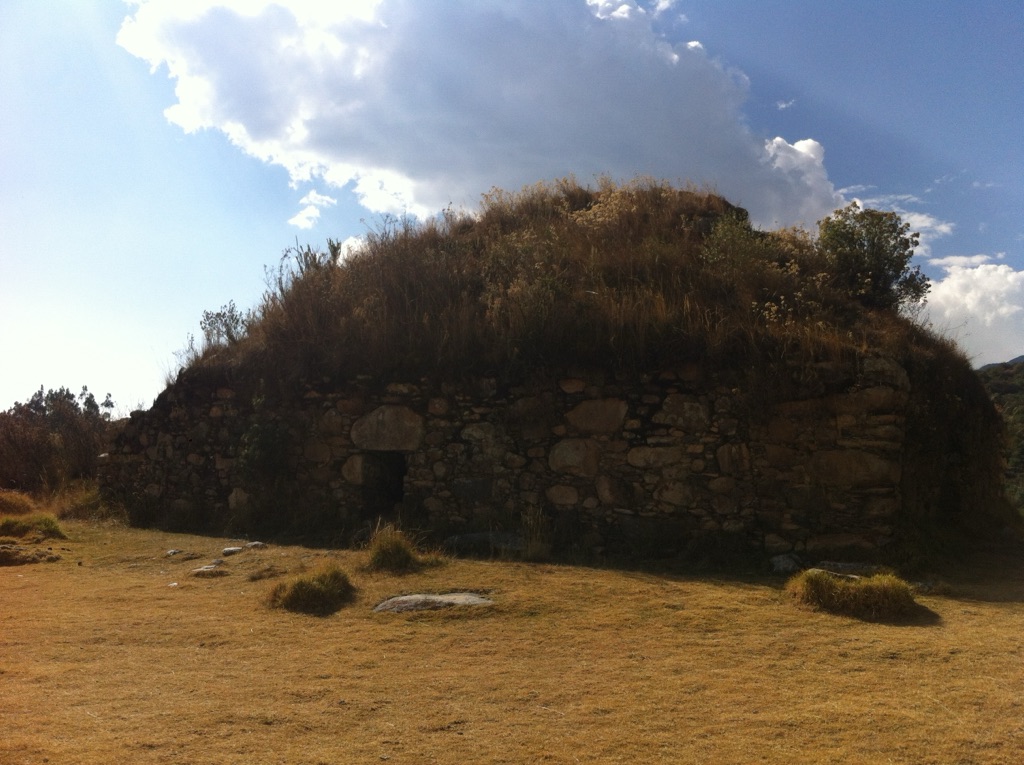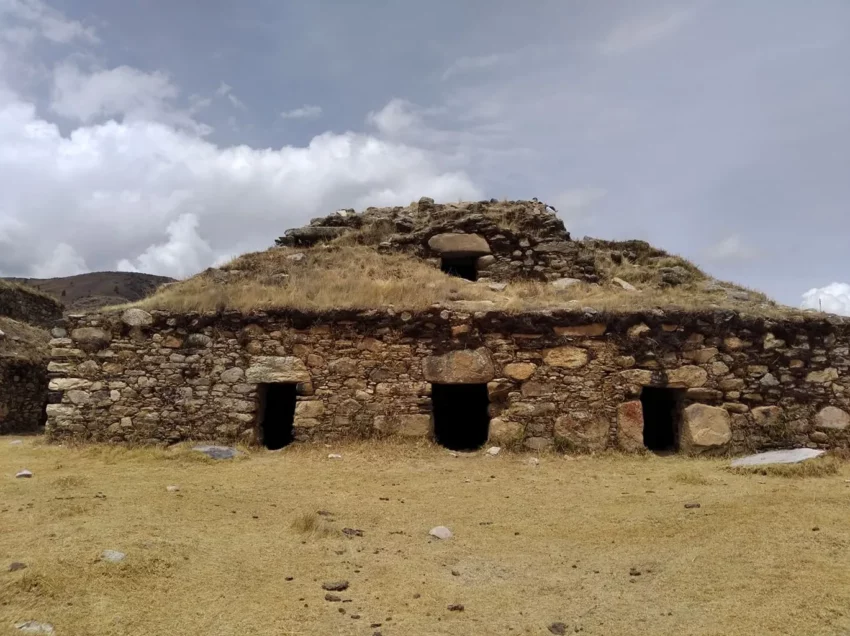Honcopampa is an archaeological site in the highlands of Peru. It’s nestled in the Andean mountains, offering a glimpse into the ancient Wari civilization. The site features a complex of ruins, including stone structures and tombs. Researchers believe it was a significant center during the Wari Empire’s peak, between 600 and 1000 AD. Honcopampa’s discovery and subsequent studies have provided valuable insights into the Wari’s social, political, and religious practices.
Get your dose of History via Email
Historical Background of Honcopampa
Honcopampa was discovered in the 20th century, but it wasn’t until the 1970s that researchers began to study it in depth. The Wari civilization, which built Honcopampa, was once a dominant force in ancient Peru. They were known for their architectural prowess and expansive network of roads. Honcopampa itself is thought to have been a bustling administrative center. Over time, the site was abandoned, and its history became shrouded in mystery. It wasn’t the scene of any known historical events after the Wari era, but its discovery has been crucial in understanding pre-Columbian cultures in the Andes.
The Wari Empire, which spanned from about 600 to 1100 AD, created Honcopampa. This civilization predated the Inca and was known for its advanced urban planning. The Wari’s influence extended across much of what is now Peru. They left behind a legacy of innovation in agriculture, architecture, and governance. Honcopampa’s structures suggest it was an important part of this legacy. The site’s strategic location and layout indicate its role in the Wari’s administrative and possibly religious activities.
After the decline of the Wari Empire, it’s unclear who, if anyone, inhabited Honcopampa. The site lay dormant for centuries. It was untouched by the Inca, who rose to prominence in the region centuries later. This lack of subsequent occupation has helped preserve the original Wari structures. As such, Honcopampa offers a relatively undisturbed window into the Wari civilization.
Honcopampa’s discovery has not been linked to any particular individual or expedition. Instead, it emerged from broader archaeological interest in the Wari civilization. The site’s remote location in the Andes has made it less accessible than other Peruvian archaeological sites. This has likely contributed to its preservation. Honcopampa’s isolation has also meant that it has received less attention than more famous sites like Machu Picchu.
While Honcopampa may not have been the scene of any significant historical events after the Wari era, its discovery has been pivotal. It has helped fill gaps in our understanding of the Wari Empire. The site’s well-preserved state offers a snapshot of life during a time about which little was previously known. Honcopampa continues to be an important site for researchers studying pre-Columbian history in the Andes.
About Honcopampa
Honcopampa is a testament to the Wari’s architectural skill. The site consists of several stone structures, including buildings, plazas, and tombs. These structures are spread across a wide area, suggesting Honcopampa was a significant settlement. The buildings are made of cut stone, a hallmark of Wari construction techniques. The layout of the site indicates a high level of urban planning.
The tombs at Honcopampa are particularly noteworthy. They provide insight into Wari burial practices and social hierarchy. The tombs’ construction, often elaborate and carefully designed, indicates the importance of the individuals buried within. These burials have yielded artifacts that offer clues about Wari culture, religion, and daily life.
One of the most striking features of Honcopampa is its plazas. These open spaces likely served as public gathering places. They may have been used for markets, ceremonies, or administrative functions. The plazas are strategically positioned within the site, reinforcing the idea that Honcopampa was carefully planned.
The construction methods used at Honcopampa were advanced for their time. The Wari had a deep understanding of stonework and engineering. This is evident in the precision of the cut stones and the durability of the structures. Despite centuries of exposure to the elements, many of the buildings remain intact.

Architectural highlights of Honcopampa include its ceremonial centers and residential areas. These areas provide a clear picture of how the Wari organized their urban spaces. The ceremonial centers are often more elaborate than the residential areas, suggesting a society that placed great importance on religious and communal activities.
Theories and Interpretations
Several theories exist about Honcopampa’s purpose within the Wari Empire. Some researchers believe it was primarily an administrative center. Others suggest it had religious significance. The presence of tombs and ceremonial structures supports the latter theory.
There are mysteries surrounding Honcopampa, particularly regarding its role in the Wari’s broader empire. The site’s remote location raises questions about its function. Some speculate it was a hub for managing nearby agricultural activities or trade routes.
Interpreting Honcopampa’s structures and artifacts has required matching them to historical records. However, the Wari left behind few written records. This has made it necessary to rely on the physical evidence at the site. Archaeologists have used this evidence to piece together a picture of Wari society.
Dating Honcopampa has been a key part of understanding its history. Radiocarbon dating and other methods have helped establish the timeline of the site’s occupation. These techniques have confirmed that Honcopampa was in use during the height of the Wari Empire.
Theories about Honcopampa continue to evolve as new discoveries are made. Each excavation brings the potential for new insights. As such, Honcopampa remains a focal point for researchers interested in the pre-Columbian Andes.
At a glance
Country: Peru
Civilization: Wari
Age: 600-1000 AD
Conclusion and Sources
The information in this article has been obtained from the following reputable sources:
– Wikipedia: https://en.wikipedia.org/wiki/Honcopampa
– World History Encyclopedia: https://www.worldhistory.org/wari_civilization/

